If you opened up your cabinet and counted the toxins in your skincare products, how many would you find? The number might surprise you – or even shock you. Popular skin care products, even ones labeled “natural,” often hide toxic chemicals and ingredients you would never put on your skin by using clever names or by burying them in the fine print.
We are exposed to toxins every day through the environment, skincare, food, cleaning products, and more. Luckily, with all of the information available today, it’s easier than ever to look for them and avoid them. Here are ten toxins to avoid in skin care products.
1. Fragrance
One of the most important ingredients to avoid in skincare is fragrance. Manufacturers know that we like to smell good. Unfortunately, synthetic fragrances contain endocrine-disrupting chemicals and are one of the top five allergens in the world. Fragrance is often listed under other names, such as “natural fragrance” or “parfum” on labels. The issue with this is that it doesn’t state what it really contains.
Fragrance can have any number of chemicals in it that aren’t labeled. For example, fragrance can include diethyl phthalate (DEP), which is used to make smells and colors last longer in cosmetics and body care products. It is also used in automobile parts and to make food packaging more flexible. Furthermore, fragrance blends might contain up to 900 individual ingredients that do not have to be disclosed.
The Spa Dr.® skin care products are either fragrance-free or naturally scented with essential oils – and you can see this by reading our ingredient lists.
2. Formaldehyde
Formaldehyde is a pungent gas used in making many household products. You can find it in glues, particleboard furniture, insulation, plywood, fabrics, and so much more. Formaldehyde is also found in hair-straightening products, nail polish, skin care products, and other beauty products where it is used as a preservative to stop bacteria from forming. It is also used to extend the shelf life of the product. However, the good news is there are natural, healthier alternatives to formaldehyde in skin care products.
3. Mineral oil
The next ingredient to avoid in skincare products is mineral oil – also called petrolatum, petroleum jelly, and paraffin oil. Mineral oils are actually widely considered safe for use – however, they’re derived from crude oil and accumulate in the body. This accumulation is the result of mineral oil present in skin care products and some beauty products – especially lipstick. Mineral oil may also contain carcinogens and other impurities. Skip the mineral oil and use more sustainable, natural, and healthier products instead.
4. Parabens
Parabens have become a hotly debated skincare ingredient in recent years. You can find them labeled as propylparaben, benzylparaben, methylparaben, isobutylparaben, butylparaben and other names. Parabens are used to extend the shelf life of products and are very inexpensive for manufacturers to use.
However, there is evidence that parabens are endocrine-disrupting chemicals that can become a health risk when used over time. In my professional experience, I have seen clear connections between paraben levels and what kind of skin care people are using. Today, there are many paraben-free skin care products to choose from, including The Spa Dr.® skin care products!
5. DEA, MEA, and TEA
DEA, MEA, and TEA are ethanolamine compounds used to make skin care products such as body wash and face cleansers creamy and foamy. These ingredients can react with other chemicals to form carcinogens – and some studies have shown that repeated use of these ingredients can lead to organ toxicity and skin issues. DEA use is banned in Europe and Canada, but is still used regularly in the United States. On the label, DEA, MEA, and TEA are pretty easy to spot – but they might be listed by names such as triethanolamine and diethanolamine.
6. Triclosan
Another ingredient to avoid in skincare is triclosan. Triclosan is used as a preservative and anti-bacterial agent. Unfortunately, it has been linked to skin issues such as irritation, allergic reactions and contact dermatitis. Some studies have found that triclosan may be an endocrine disruptor. In 2017, the Food and Drug Administration (FDA) ruled that triclosan was not an effective ingredient or recognized as safe for use in over-the-counter topical antiseptics.
7. Silicone
Many people love silicone in skincare products and makeup because it has a soft and slippery texture and the ability to blur pores. And although silicone makes your skin feel soft too, you’re actually experiencing a false sense of skin improvement. Although it is derived from silica, silicone is a synthetic ingredient created with chemicals. Silicone also clogs pores and traps impurities, sweat, and bacteria inside of them, which can lead to breakouts. And as silicone traps these things in your pores, it slows down cell turnover. As a result, you not only have breakouts, but you also have dull-looking skin when the silicone layer is removed.
The main purpose of using silicone in skincare products is to provide a smooth appearance. It does not have any actual benefits for your skin. It does not contain antioxidants, vitamins, or minerals that nourish your skin. Silicone isn’t environmentally friendly either – it is not biodegradable and can take as long as plastic to decompose.
8. Oxybenzone
Oxybenzone is a toxin to avoid in skin care products such as sunscreen and lip balms with SPF. However, oxybenzone actually absorbs UV rays. Studies have shown that oxybenzone can cause skin allergies, disrupt hormones, and accumulate in fatty tissues. Not only is oxybenzone harmful to humans, but it’s also toxic to coral and marine life. Because of this, the sale of sunscreens that contain oxybenzone has been banned in Hawaii. So when you’re choosing a sunscreen, make sure it is zinc oxide-based and free of oxybenzone.
9. Teflon
Yes, it’s the same stuff that coats your nonstick cookware – Teflon. Teflon has been found in many skincare and makeup products. This includes foundation, sunscreen, mascara, eyeshadow, moisturizer, and more. It is used to give products a smooth and slippery feel and as a binding agent.
You don’t want to use Teflon cookware – and you definitely don’t want to use Teflon skincare or makeup. Teflon has been linked to hormone disruption. Plus, it slows the skin’s ability to heal and accelerates wrinkle formation.
Unfortunately, Teflon can be tricky to find on the label. Look for DEA-C8-18 perfluoroalkylethyl phosphate, polytetrafluoroethylene (PTFE), and polyperfluoromethylisopropyl ether.
10. Hydroquinone
One more toxin to avoid in skin care products is hydroquinone. Although many people claim it does not pose a risk to humans, scientific evidence shows otherwise. Hydroquinone is used in skin care products as a skin lightener. It can be found in everything from cleansers to bleaching creams and can cause redness, peeling, and irritation. Hydroquinone has also been associated with contact vitiligo and ochronosis – irreversible lesions on exposed skin.
Sadly, these aren’t the only toxins hiding in skin care products. The good news is there are many natural alternatives available. Plus, you can empower yourself to make safer choices by using EWG’s Skin Deep® database to check the rating of each skin care, cosmetic, or body care product you include in your routine. The Spa Dr.® skin care products do not contain any of these toxic ingredients so you can feel confident about what you are putting on your skin – and you won’t have to worry about how your skincare is impacting your health.
The Spa Dr.® Approach
At The Spa Dr.®, our approach is to help shine the light on skin care information and offer our guidance to nurture your skincare journey. We believe we provide information that will help support your self-care and healing, and we want you to feel safe and cared for within our community.
The Spa Dr.® offers products formulated to contain key nutrients in their pure and active form in order to provide optimal results. In addition, our products are pH-balanced toward mild acidity to promote and protect a healthy skin microbiome.
If you are not already part of The Spa Dr.® community, please join us at TheSpaDr.com and on social media.
Share this article with your friends and spread the word to promote natural beauty!
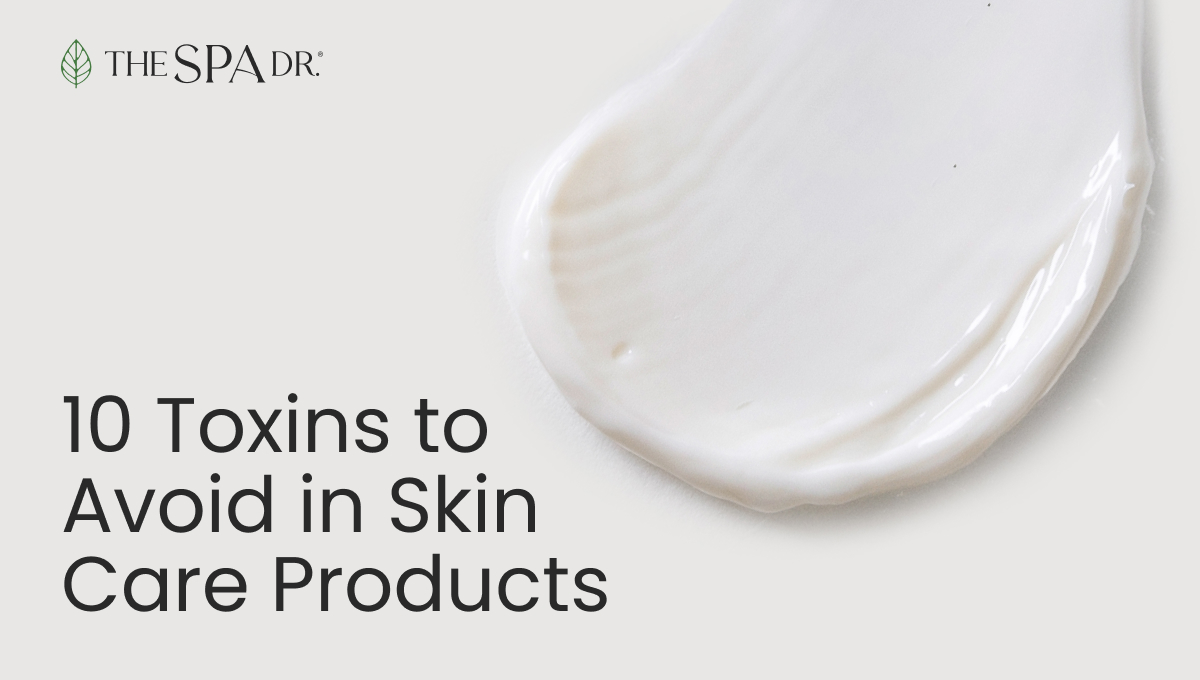
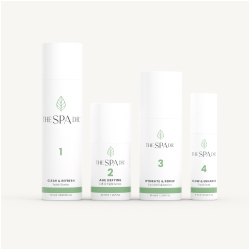
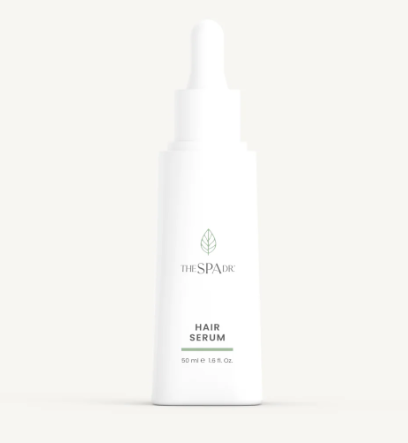
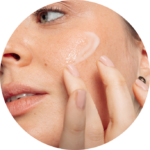

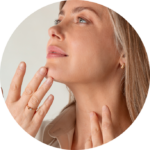


Reader Interactions